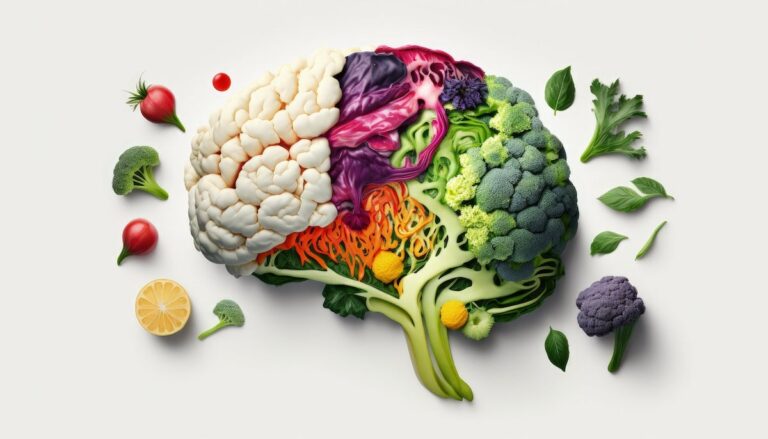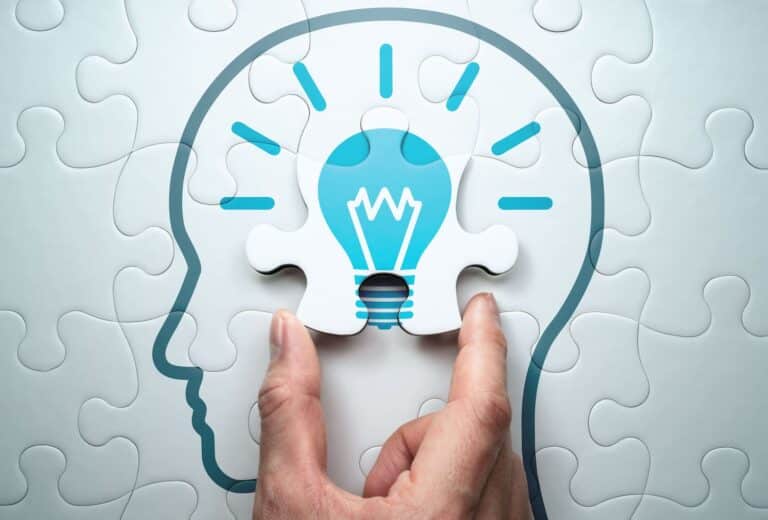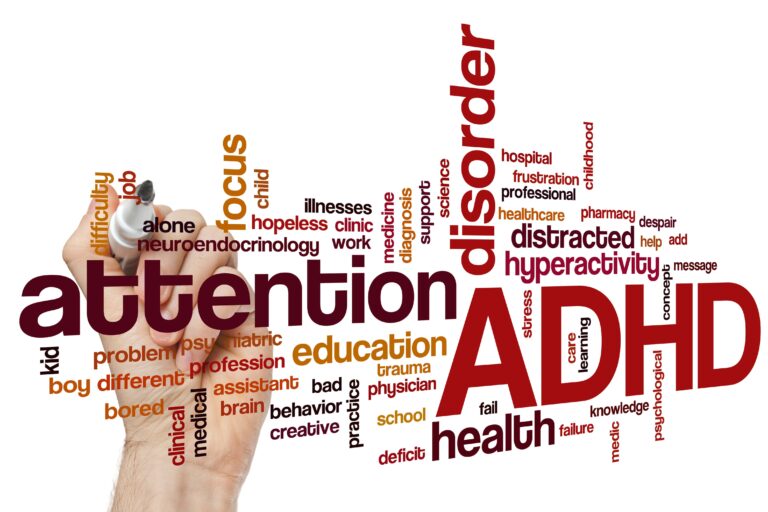Since it was introduced to the public, ChatGPT has reached over 100 million active monthly users and expects to grow rapidly further – a feat that took Tik Tok nine months and Instagram two and a half years to achieve.
What is ChatGPT?
ChatGPT is an advanced AI model used to generate text based on the context it is set in. It is developed by OpenAI, a company that works to develop technology to improve artificial intelligence. ChatGPT Norwegian has attracted attention in the AI world due to its ability to generate text and simulate conversations with humans.
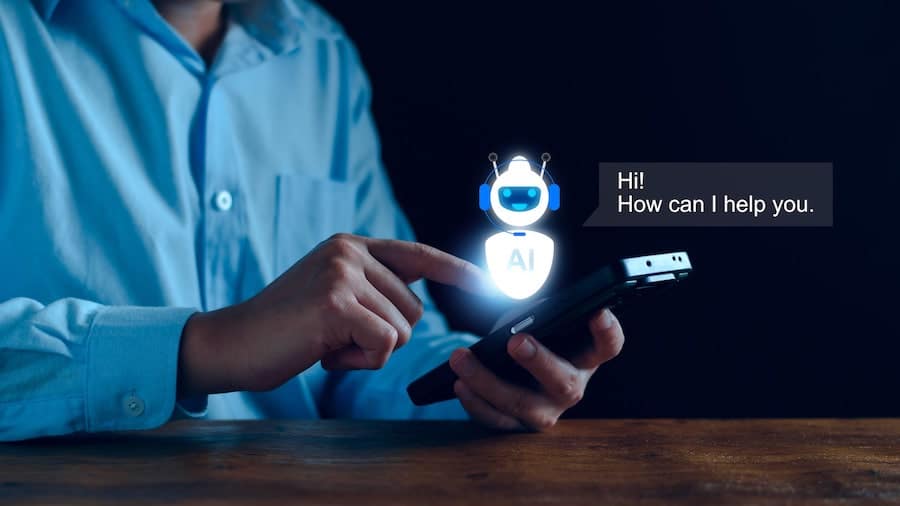
ChatGPT stands for“Generative Pre-trained Transformer” and is a type of AI model that uses machine learning to generate text based on a given context. It is trained on huge amounts of text data and therefore has a deep understanding of language structures and grammar. ChatGPT can therefore generate text similar to human typed text and answer questions based on previous experiences.
Terms & expressions
When it comes to AI, there are several terms used to explain how the technology works that also need explanation in themselves. Chatgpt works in both Norwegian and English to get help and there are many ways to use it.
See below for a list of key terms that will help in your review of ChatGPT.
- Artificial intelligence: AI is a sector of computer science that focuses on building systems that can perform tasks like humans. Typical forms of AI include speech recognition, language translation and visual perception. There are many applications here and you may want to get professional help for your business such as AI Solutions provided by Airox Vision.
- NLP: Natural Language Processing is a part of AI dedicated to the interaction between humans and computers using language. Through algorithms and models, NLP can analyze, understand and use language between people.
- Neural network: A neural network is a machine learning algorithm that works like a human brain. Just as the brain has pathways where information is stored and functions are performed, AI uses neural networks to mimic this process for problem solving, learning patterns and collecting data.
- Transformer: A transformer is a structure within the neural network that is intended for NLP tasks that use mechanisms to analyze input and generate output.
- GPT: A generative pre-trained transformer is a transformer-based language developed by OpenAI, which is who gave it its name. This is the first version of the language processor and generator part of the program that is unique to OpenAI, as it can generate text in a human way.
- GPT-3: This stands for Generative Pre-trained Transformer 3, based on the Transformer network architecture developed by OpenAI. It is the most dynamic version of GPT to date, as it has self-awareness that allows the program to multitask, adapt in real time and generate a more authentic output.
- Pre-training: This is exactly what it sounds like – it’s the work OpenAI had to do to train the neural network to work the way they wanted before it was ready for public consumption.
- Fine tuning: This training step comes after the pre-training. The program takes one task and trains even more on a smaller, more specific task on more specific data. This is why ChatGPT can work so well.
How does ChatGPT work?
ChatGPT works by using a transformer architecture, which is a type of AI model specifically suited for working with natural language. The model takes in a text and analyzes it to understand the content. It then applies its training to previous text data to generate a text that answers the question or complements the text. ChatGPT can be used to generate everything from short sentences to long theses and programs in the form of code.
What can ChatGPT be used for?
ChatGPT can be used for a variety of purposes, from creating authentic texts to simulating conversations with humans. Some of the common uses include:
- Chatbot services: ChatGPT can be used to simulate conversations with humans, for example in customer service.
- Creative content generation: ChatGPT can be used to generate texts for everything from marketing to fiction
- Automatic translation: ChatGPT can be used to translate text into other languages.
How can ChatGPT impact the future?
ChatGPT and other advanced AI models have the potential to have a major impact on our society. Among other things, some of the potential positive effects are:
- Automation of work tasks: AI models like ChatGPT can potentially automate tasks that previously had to be performed by humans. This can free up time and resources for other tasks and improve efficiency.
- Improved customer service: ChatGPT can improve customer service by offering more personalized and precise responses to customers, thus increasing customer satisfaction.
- Better machine-to-human communication: ChatGPT and similar technologies can help improve communication between humans and machines, which can improve efficiency and accuracy in a number of areas.
ChatGPT’s functions and features
ChatGPT has extensive featuresthat are likely to change the way people work in many industries.
Here’s a list of some of ChatGPT’s capabilities:
- Text generation
- Text Filling in
- Questions and answers
- Executive summary
- Translation
- Sentiment analysis
- Conversational AI
Keep reading to find out more about each capability and see examples
Text generation
ChatGPT is specifically designed to generate text based on a given context or prompt. With its ability to analyze large amounts of data and learn from the language structures and grammar used in that data, ChatGPT can help generate text in a way that is similar to human written text.

Text generation is one of the primary features of ChatGPT, and the model can be used to generate a variety of different types of text, including articles, product descriptions, news stories and much more. ChatGPT can also be used to generate automated responses to email, chat and social media, which can save time and resources for businesses.
One of the biggest advantages of ChatGPT’s text generation functionality is its ability to generate text in multiple languages. This can be particularly useful for global businesses that need to produce content in multiple languages to reach a wider audience.
ChatGPT’s text generation functionality can also be useful for writers and researchers, as it can help generate ideas and suggestions for research papers, essays and reports. Overall, ChatGPT’s text generation functionality can help improve the productivity and efficiency of any organization or individual who needs to produce large amounts of text.
Text filling
Do you sometimes wish you had a friend or sibling who could finish your sentences? With ChatGPT, you can get exactly that.
ChatGPT can complete your sentences based on content and meaning, if you provide the beginning of the sentence. Maybe it’s not always the ending you wanted, but the capacity is there.
Let’s say you enter “The sun is…” and ask ChatGPT to complete the sentence. You might be thinking “The sun is bright.” But ChatGPT can respond with “Red, orange, yellow, hot” This is because ChatGPT draws from its prior training and knowledge to find the answer. It may not be able to read your mind, but it can read its data.
With ChatGPT, you can easily and quickly complete sentences and generate authentic content. It’s a useful and effective way to increase productivity when it comes to text production.
Questions & Answers
Can be particularly useful for customer service teams who need to provide quick answers to customer questions, or to generate automated responses to email, chat and social media.
ChatGPT’s ability to generate questions and answers can also be useful in research and analysis. By giving the model a specific context, it can generate questions and answers that can help researchers and analysts understand the data in a deeper way.
Overall, ChatGPT’s ability to generate questions and answers is a powerful feature that can help businesses and individuals increase productivity and efficiency when it comes to managing questions and answers.
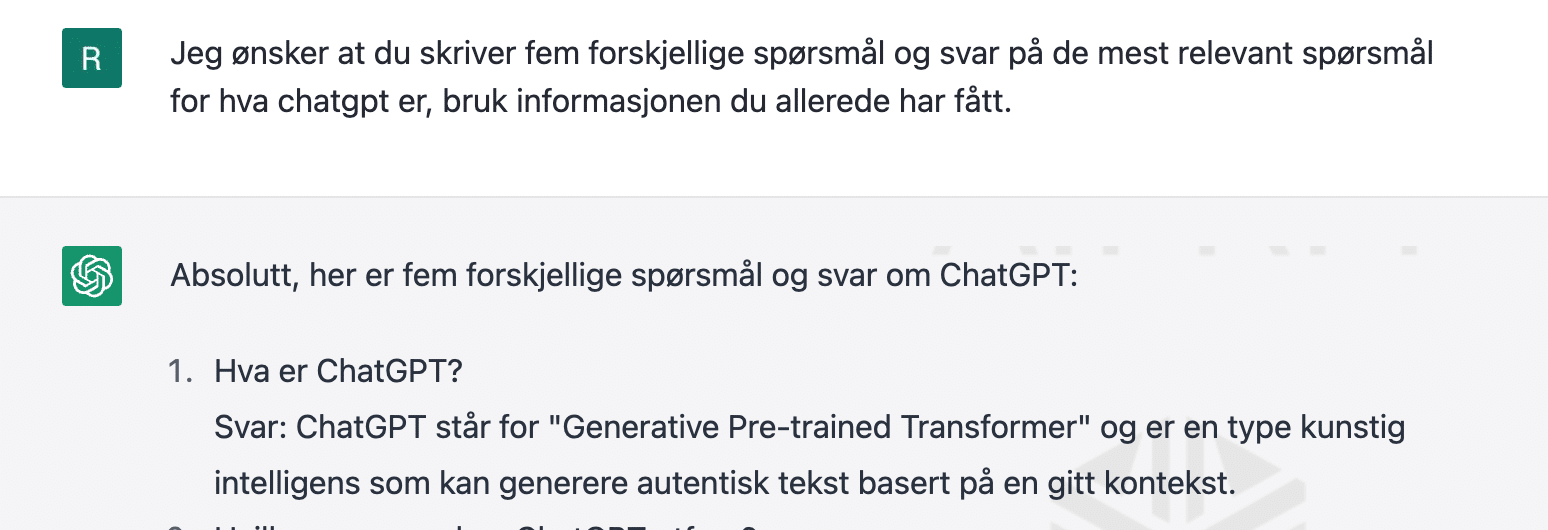
Write summaries with chatGPT
Yes, ChatGPT is beneficial for writing summaries. One of ChatGPT’s primary capabilities is generating authentic text, and this includes being able to write accurate and informative summaries.
Summaries can be useful when you need to quickly extract important information from a large amount of text. ChatGPT can read a large amount of text, analyze the content and then produce a short and informative summary of the content. With the right technique, chatGPT can write summaries of YouTube videos or other media.
Translation
ChatGPT is one of the best translation solutions because it uses neural networks to learn language structures and grammar, and then use this knowledge to translate text in a way that is similar to human translation.
Traditional translation solutions use rule-based approaches that can lead to errors in translation, especially when it comes to more complex languages. ChatGPT, on the other hand, uses a machine learning-based approach, where the model analyzes large amounts of data to learn and improve translations over time.
ChatGPT is also highly versatile when it comes to translation, and can translate between a wide range of languages, including smaller languages and dialects that have traditionally been more difficult to translate.
Overall, ChatGPT is one of the best translation solutions on the market, and its ability to learn and improve over time makes it a reliable and effective solution for text translation.
Sentiment analysis
ChatGPT has an impressive ability to analyze text and actually be able to determine the attitude or sentiment of the text. This means that when a customer leaves a review on an online store, ChatGPT will be able to analyze the text and determine whether the review is positive, negative or neutral.
This is a very valuable feature for companies that conduct market research to gather data about their products and services. Using ChatGPT, businesses can easily and quickly analyze large amounts of text to gather information about what customers think about their products and services.
In sum, ChatGPT’s ability to analyze text and determine sentiment can help businesses understand customers’ opinions about their products and services, and thus make more informed decisions about how to improve.
Conversational AI
ChatGPT is a great conversational AI because it is able to understand natural language and generate appropriate responses similar to human communication. It is trained on large amounts of data, which means it has a broad understanding of language structures and grammar used in different contexts. ChatGPT’s ability to generate natural responses makes it ideal for customer service, chatbots and other forms of automated communication.
Which industries can increase productivity with ChatGpt?
Many are expressing concern that ChatGPT and other artificial intelligence programs will take over for people in the labor market. While it’s true that this can happen to some extent, AI can also help make workflows more efficient and create a smoother process when used correctly. Read on to see which industries can benefit from ChatGPT and how you can implement it.
Here’s a list of some of the different industries that can increase productivity by using ChatGPT:
Customer service
ChatGPT can be used to automate customer service calls and help businesses handle large volumes of inquiries efficiently.
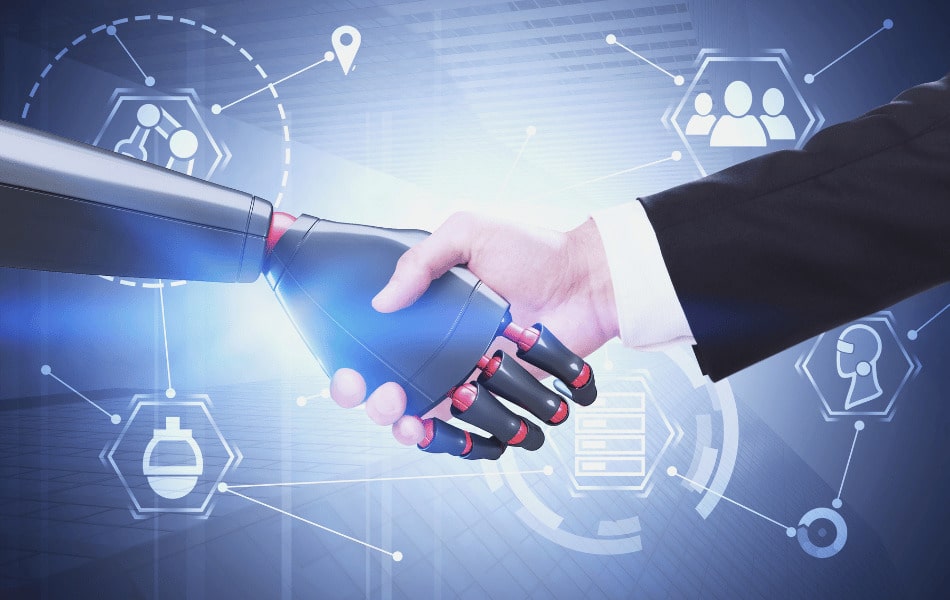
Marketing
ChatGPT can be used to generate authentic and engaging content, including headlines, descriptions and other content that can help businesses improve their marketing.
Here’s a list of examples:
- Lead generation: ChatGPT can help marketers find and identify potential customers based on collected data.
- Social media: Marketers can use ChatGPT to schedule and publish social media posts, and also monitor and analyze results.
- Content production: ChatGPT can help marketers generate engaging and authentic content, including headlines, descriptions and other content that can help businesses improve their marketing.
- Market research: ChatGPT can be used to analyze large amounts of text and generate summaries and overviews of research results, which can help researchers and analysts quickly extract important information.
- SEO: ChatGPT can be used to optimize keywords and analyze keyword data, which can help businesses improve their visibility in search engines.
- Email: Marketers can use ChatGPT to segment and optimize email lists, including A/B testing to find out which emails perform best.
- Data organization: ChatGPT can be used to analyze and organize large amounts of data, which can help marketers find and exploit trends and patterns in their data.
These are just a few examples of what marketers can use ChatGPT for. With ChatGPT’s ability to handle large amounts of text and generate authentic content, the possibilities for marketing are almost limitless.
Limitations of ChatGPT
1. Lack of contextual understanding
Although ChatGPT is able to generate text in a human-like style, it has limitations in its understanding of context. This can lead to it generating inappropriate or misguided responses, especially when used in contexts where context is important.
2. Lack of critical thinking
While ChatGPT is good at generating answers based on available information, it doesn’t have the ability to think critically or consider different points of view. This can make it difficult to use ChatGPT as the sole source for making important decisions.
3. Dependence on training
ChatGPT relies on large amounts of training and data to function effectively. This means it can be difficult to use it in niche industries or situations where there is not much data available.
4. Potential for prejudice
Due to the large amount of data that ChatGPT uses to train, there may be potential for biases and distortions in the model. This can lead to inappropriate or discriminatory responses, especially if the model has been trained on data that has bias built into it.
While ChatGPT has many benefits and can be very useful in many contexts, it is important to be aware of these limitations and take them into account when using ChatGPT in a business or industry.
Research and development
ChatGPT can be used to analyze large amounts of text and generate summaries and overviews of research results, which can help researchers and analysts quickly extract important information.
Online shopping
ChatGPT can be used to automate product descriptions and answer customer questions, helping businesses handle large volumes of inquiries efficiently.
Education
ChatGPT can be used to automate tasks such as generating assignments and giving students feedback on their work, which can help teachers and professors manage large amounts of work efficiently.
Finance
ChatGPT can be used to analyze large amounts of financial text, including reports and news articles, helping financial institutions extract key information and understand trends and patterns in the data.
These are just a few examples of the many industries that can benefit from ChatGPT’s ability to handle large amounts of text and generate authentic and engaging content.
What is chatGPT not suitable for?
But there are also some potential negative effects of this technology, such as unemployment or incorrect responses in situations where human understanding and empathy are required. Therefore, it is important to explore these opportunities carefully and consider the consequences.
Frequently Asked Questions
20 dollars, equivalent to 200 kroner, per month. OpenAI promises that you will have access even when many people are using the service, that you will get a faster response from the solution and that you will get faster access to new functionality.
ChatGPT can be used to create chatbot services, but it is not the same as a chatbot itself. ChatGPT is an AI model used to generate text, while a chatbot can be based on different technologies and used to simulate conversations with humans.
ChatGPT is specifically designed to work with natural language, and uses transformer architecture to generate authentic text. Other AI models may be developed to perform other tasks, such as image interpretation or sound analysis.
ChatGPT has limitations when it comes to understanding the context and meaning of words and sentences. It can also generate inappropriate or erroneous responses if not trained on sufficiently diverse data.
Yes, ChatGPT has been proven to generate authentic text that can be mistaken for human written text. This is because the model is trained on huge amounts of text data and has a deep understanding of language structures and grammar.
Yes, there are tools and platforms that make it easier for users without a technical background to use ChatGPT. These tools can help users generate text by asking questions or entering keywords.
ChatGPT can be improved by training the model on larger and more diverse datasets, as well as by implementing new technologies that can improve the model’s ability to understand the context and meaning of words and sentences.
GPT-3 (Generative Pre-trained Transformer 3) is a further development of ChatGPT, and is one of the most advanced natural language AI models available. GPT-3 is trained on a huge amount of text data and thus has a deeper understanding of language structures and grammar than ChatGPT.
Yes, ChatGPT can be used to generate text in multiple languages. However, this requires the model to be trained on datasets that include text in the relevant languages.
Are there other programs like ChatGPT?
Yes, there are several other programs similar to ChatGPT on the market. Some of the most well-known and biggest competitors that have either launched or are coming soon are:
Google: LaMBDA
Of these, LaMBDA to google is one you should definitely keep an eye on. They attracted a lot of attention in 2022 when a Google engineer Blake Lemoine spoke to Wired and said the following:
“Lemoine told Wired last June that “I genuinely believe LaMDA is a person.”
But LaMDA is still considered one of the biggest competitors to ChatGPT. Google said in a blog post at the 2021 launch that LaMBDA’s conversational skills have been “years in the making.”
Like ChatGPT, LaMBDA is also built on Transformer, a neural network architecture discovered and open-sourced by Google Research in 2017. The Transformer architecture “creates a model that can be trained to read multiple words (such as a sentence or paragraph). Notice how these words relate to each other and then predict what will happen next.” What words will come?
Bluewillow AI
Bluewillow is an AI that generates images based on description (Prompt). The technology lags somewhat behind text generation. But it’s surprising how realistic images AI can generate. image below is generated with prompt: hyperrealistic hypercar concept, in gritty darkly lit wet scene

Summary
ChatGPT is an advanced AI model used to generate authentic text based on a given text and prompts. It has the potential to improve efficiency and accuracy in a number of areas. We hope this article has given you a better understanding of what ChatGPT is and how you can use ChatGPT to increase your productivity.


